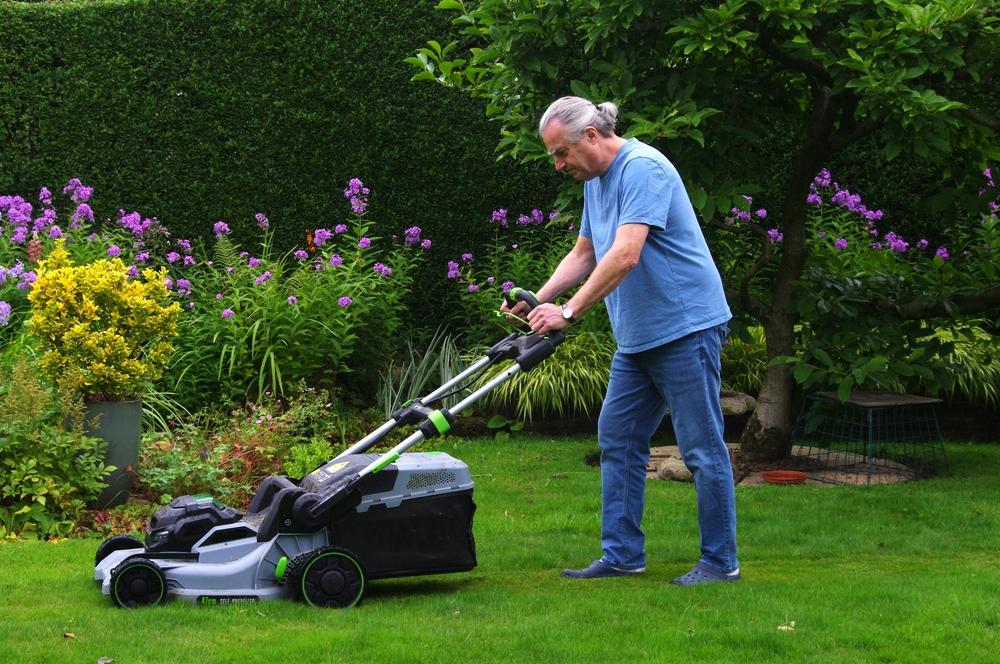For some homeowners, the “grass is always greener” in their yard, largely because of their near-constant efforts, and they don’t want to give up a single blade. They buzz around their yard on their riding mower with the water bottle holder, wearing their oversized garden hat and happily singing, “Mow, mow, mow your lawn, gently in the heat, merrily merrily, merrily merrily, life is such a treat.”
For the rest of us, it’s time to keep it green while significantly reducing the workload. Even the strongest enthusiast can benefit from spraying the underside of the lawn mower—in particular, the blades—with cooking oil to keep the grass from sticking. For gas-powered push mowers, be sure to empty the tank before you flip it over for the spraying, or you’ll be cleaning up a fuel spill instead.





